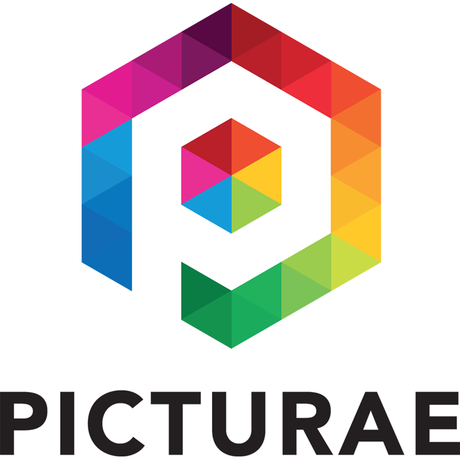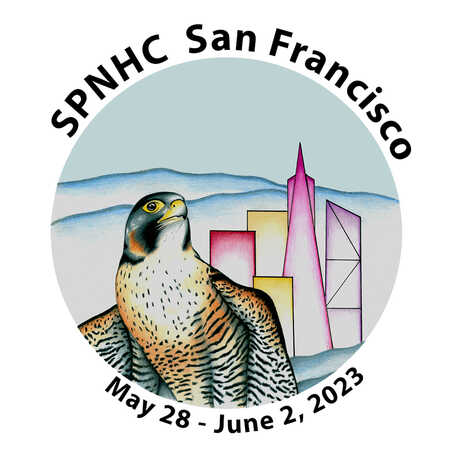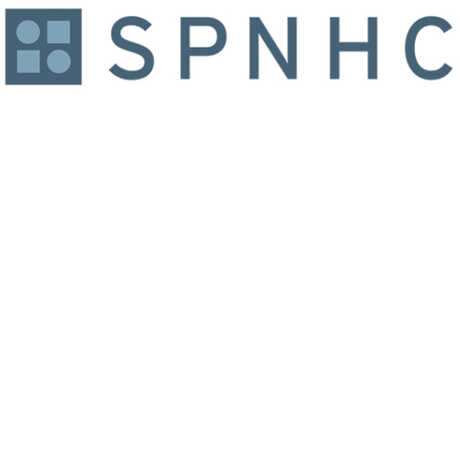.
The theme for 2023 is “Taking the Long View”, encouraging all of us to envision the future for our field, our collections, and ourselves. To kick off the week we have a trio of speakers who will be discussing the past, present and future of collections.
Plenary Speakers
Scott D. Sampson, PhD (welcome)
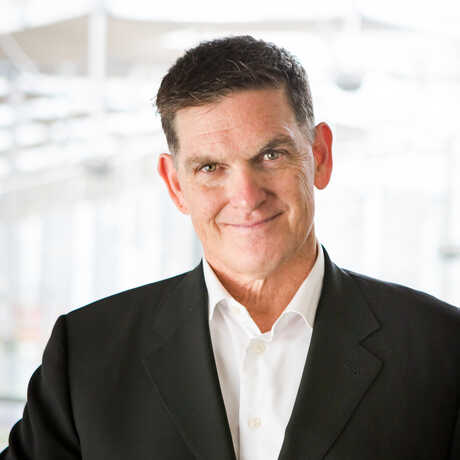
Executive Director and
William R. and Gretchen B. Kimball Chair
California Academy of Sciences
The SPNHC plenary talks will be lead by a welcome from the director of your host institution. Dr. Scott D. Sampson is the Executive Director and William R. and Gretchen B. Kimball Chair of the California Academy of Sciences, where he leads the institution’s world-class museum as well as its programs of scientific research, sustainability, and education. A renowned paleontologist, passionate science communicator, and seasoned museum leader, Sampson joined the Academy in September 2019.
Luiz A. Rocha, PhD
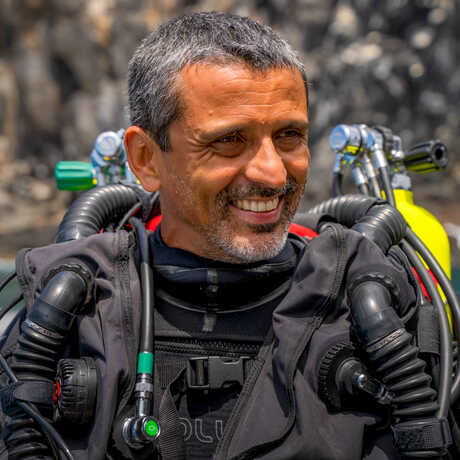
Follett Chair of Ichthyology and
Co-Director of the Hope For Reefs Initiative
California Academy of Sciences
Ecology, taxonomy, and conservation of fishes in mesophotic coral ecosystems
Coral reefs are one of the world’s most diverse and beautiful ecosystems, but they are also under intense pressure from both local and global human impacts. Most of what we know about these incredible and threatened ecosystems comes from data and specimens collected at its shallowest portions, between the surface and 30m depth. Because they are harder to reach, the deeper portions of coral reefs (mesophotic coral ecosystems at depths between 30 and 150 meters) have been widely considered as pristine refuges that could help save their shallow counterparts. However, recent data collected by our team suggest that mesophotic reefs harbor a distinct fauna and are almost as impacted as shallow coral reefs. In addition to representing different communities, these ecosystems also harbor numerous spectacular undescribed species, which our group has steadily been naming using decolonization practices (i.e.: co-discovering them with local scientists and giving them local names). Our new naming conventions have been extremely useful in supporting local ownership and local initiatives for protection of these threatened and unknown reefs.
Luiz’s major research interests include evolution, conservation, taxonomy, and community ecology of coral reef fishes. He has spent over 6,000 hours studying fishes underwater, and published over 170 peer-reviewed articles and two books. In addition, his work has been featured in many popular media outlets including CNN, the New York Times, Scientific American, National Geographic, Science Channel, etc, and supported conservation efforts across the globe. Currently his main area of work involves the exploration of little-known deep coral reefs (between 200 and 500 feet depth) throughout the tropics. Because this ecosystem is so unexplored, it is largely unprotected. His work has mainly focused on describing the uniqueness of the fauna from those depths, and on advocating for both the inclusion of deep reefs into existing marine protected areas, and the creation of conservation areas dedicated to those reefs. He recently won a Rolex Award for Enterprises for this research.
Anna Monfils, PhD
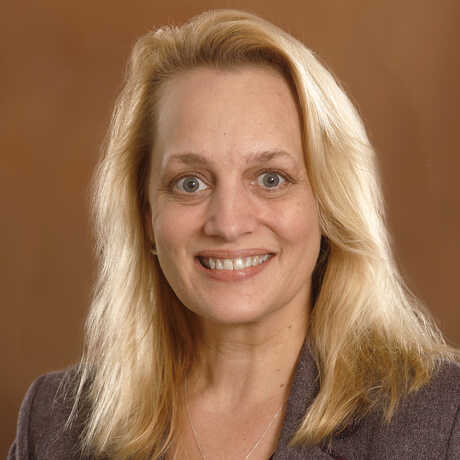
Professor and Director, Central Michigan Herbarium and
President, Society of Herbarium Curators
Central Michigan University
Extending Biodiversity Collections: Engaging an inclusive biodiversity science community through research, education and workforce training.
Natural history collections provide the collections, the extended data, and the people and expertise to address critical science challenges and social issues at the local, regional and global level. As we look to reintegrating science across disciplines and domains, building inclusive education and workforce experiences, and creating open science communities, Natural History Collections have the opportunity to lead the building of open science networks. This talk will highlight some of the great successes in the last ten years through the national and international museum communities and highlight new and emerging opportunities to grow the community, build collaboration, and create a diverse and inclusive 21st Century museum workforce.
Anna Monfils is a professor and herbarium curator at Central Michigan University. Through service to the Society of Herbarium Curators, the Society of Herbarium Curators, and the Biodiversity Collections Network, Anna has been able to promote and advocate for the critical role of regional natural history collections for research, education and outreach. In the last five years, Anna has been part of Biodiversity Literacy in Undergraduate Education (BLUE), a network of education researchers, data scientists, and biodiversity scientists focused on creating inclusive educational materials that introduce the emerging workforce to biodiversity data and the extended specimen. In an effort to promote an inclusive biodiversity science workforce, Anna and collaborators have worked most recently with the Smithsonian and the California Academy of Sciences to run workshops introducing students to opportunities and careers in biodiversity science.
Julia Allen, PhD
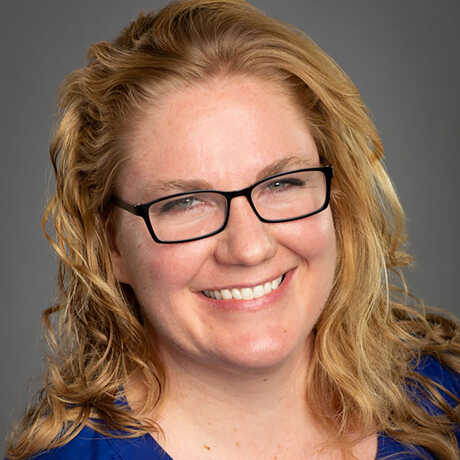
Assistant Professor, Assistant Curator of Bioinformatics
University of Nevada, Reno and University of Nevada, Reno, Natural History Museum
Integrating public participation with automated processes to increase specimen digitization rates
Natural History Collections (NHC) digitization has been catalyzed by a combination of best practices in imaging, emerging data standards such as the Darwin Core and first-generation data mobilization tools. Despite this progress, one of the biggest gaps in digitization is converting imaged label information into computable, research-ready data. Much needed are methods to speed up this digitization process. Our project, DigiLeap, combines community science and machine learning tools with a corpus of previously digitized specimens to develop efficient processes that accelerate digitization. In this talk I will describe these methods including BELS - Biodiversity Enhanced Locator Service, our georeferencing gazetteer. I will also describe how we are using a machine learning combined with a ‘humans in the loop’ approach to propel data collection from NHC specimen labels.
Program Schedule
View and download our schedule-at-a-glance.
To view program information, including a detailed schedule with times, locations and descriptions, log into your SPNHC 2023 Oxford Abstracts account.
Not yet registered? Click here to join us!
Information
Join us for the annual plenary session (in-person and virtual) on Tuesday, May 30.
Committee meetings will be held Tuesday afternoon after the plenary. SPNHC is run by its members and by the work of dedicated member volunteers in numerous Committees. SPNHC members are encouraged to attend Committee meetings and join one or more Committees. Your input will be gratefully received! For a full list of Committees, Committee members, and descriptions of the work they perform, visit the SPNHC Governance webpage.
Symposia and talks (in-person and virtual) begin Wednesday, May 31, and continue through Thursday, June 1. Join your colleagues to hear about their latest discoveries, innovations, and workarounds, explore exciting projects, and learn from their sometimes hilarious (in hindsight) mistakes.
Friday morning, June 2, is the Annual Business Meeting (ABM). All SPNHC members and invited guests are encouraged to attend the ABM either in person, or virtually. This is where we, as a Society, can discuss initiatives, ask questions, obtain news and information, recognize awardees, and vote on proposals. Regular, Life, and Student Members, and one named delegate from Institutional and Corporate Members may vote. A link to the ABM packet with Reports will be posted on the SPNHC website. The Agenda is available here. A Zoom link will be sent to all SPNHC members 24 hours before the meeting.
The week concludes with collections tours at host institution the California Academy of Sciences or across the bay at the Berkeley Natural History Museum Collections at the University of California, Berkeley.
Key Dates
Workshops: 29 May 2023
Symposia: 31 May–1 June 2023 and will include Lightning Talks
Abstract submission opens: 5 December 2022
Abstract submission deadline: 6 February 2023
Notification to submitter: 27 February 2023
Registration deadline for authors: 20 March 2023
Early Bird registration ends: April 15, 2023
Presentations and posters upload deadline: 11:59pm Pacific Time Monday, May 15, 2023
Download presentation and poster instructions here.
Poster Guidelines
Posters may be uploaded starting in April, authors may log into Oxford Abstracts and amend their abstract submission with a PDF file. Posters must be uploaded by 11:59pm Pacific Time on Monday, May 15, 2023.
Posters must be in PDF format, one page, and are limited to 500 MB in size. Because all posters are virtual there is no limit on dimension. Please do not bring a physical poster to the conference.
To upload a poster:
2) Edit existing submission
3) Choose File to upload to OA (all other fields are now read-only)
Download a PDF of poster upload instructions here.
Abstract submissions for SPNHC 2023 are now closed. All authors have been notified of the results of their submission. If you have not yet received an email, please check your spam folder. Questions may be directed to spnhc2023program@calacademy.org. Thanks to all authors for your interesting and informative abstracts!
Submit an Abstract (closed)
Guidelines for Abstract Submission (closed)
List of Symposia for 2023 (pdf)
Propose a Symposium or Workshop (closed)

